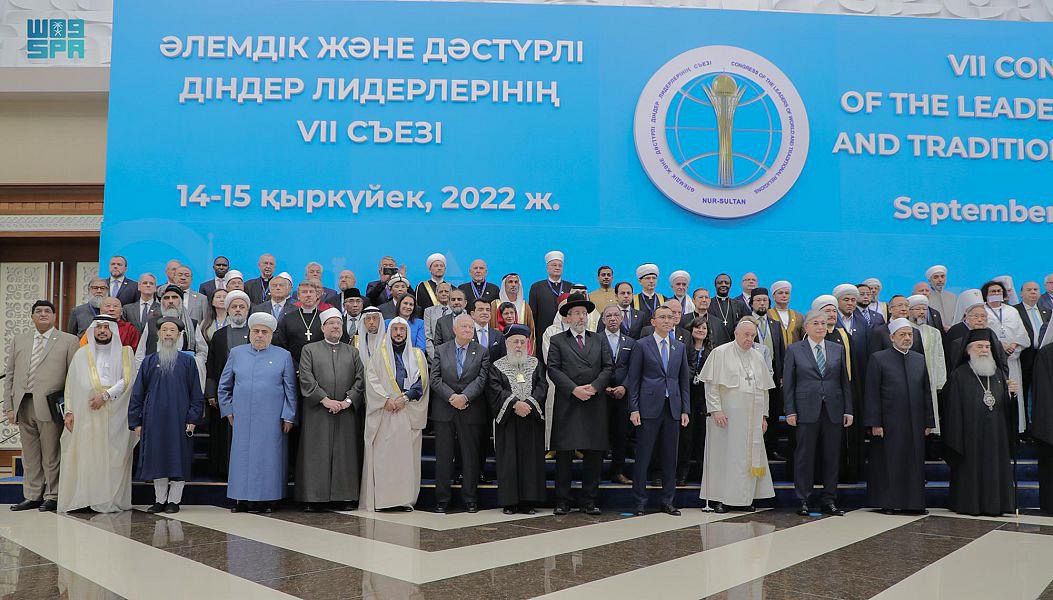
Baghdad authorities have reopened more than 1,000 streets and alleyways since last year and 305 checkpoints have been removed. (AFP)
Updated 36 sec ago
AFP
August 08, 2018 23:07
90
More than 1,000 streets and alleyways have been reopened in Baghdad since last year
The gradual removal of the barriers is “proof that security is improving and that victory has been won over terrorism
BAGHDAD: Suha Abdelhamid’s life has dramatically improved over the past two months — thanks to the removal of fortified roadblocks that had made her daily commute in Iraq’s capital a misery.
Like people across Baghdad, the young dentist finds a certain joy in rediscovering streets that were previously behind a tortuously slow slalom of concrete barriers and checkpoints.
“Before, I never thought of passing through here,” said Abdelhamid, as she shopped in a small supermarket in her wealthy home district of Al-Bounouk.
The removal of barriers and roadblocks is a work in progress.
After years of sectarian violence that culminated in the Daesh group seizing around a third of Iraq in 2014, Prime Minister Haider Abadi declared victory over the militants in December.
“More than 1,000 streets and alleyways have been reopened in Baghdad since last year,” said Gen. Saad Maan, spokesman for the city’s security forces high command.
A total of “305 checkpoints and roadblocks have been taken down and the campaign is continuing,” he added.
The first concrete walls in the old city sprang up in 2007, as violence between Sunni and Shiite militias intensified.
The Sunni dominated Al-Adhamiya district was the first to be sealed off by a “separation wall.”
Other neighborhoods followed.
“In chasing and terrorizing residents in mixed quarters, the 2005-08 civil war enabled the militias to establish homogeneous strongholds,” Iraq researcher and author Caecilia Pieri told AFP.
In the decade since then, more than eight million citizens and nearly two million vehicles have had to endure daily jams in the capital, caused by the walls, other barriers and security checks.
But thanks to key routes and feeder roads being reopened, traffic circulation is now improving in some districts.
For 27-year-old civil servant Ahmed Abdelrahman, bringing his arthritic mother to a doctor in the largely Sunni district of Al-Harthiya was once a nightmare.
The jams between security checks used to make the journey a feat of endurance for her.
But “everything has changed since they shut the checkpoints and reopened certain streets,” said Abdelrahman, helping his mother out of the car and into the street.
The dismantling of the barriers has also seen trade flow more freely.
“We could not bring trucks in and customers had to walk a long way to access the shops,” said trader Rami Dhia in Al-Bounouk’s main commercial street.
Business “activity has soared by four times” since the cement barriers were removed, Dhia added.
But Abdallah Ali, who sells children’s clothes, will never forget the many years “when we spent several days in a row selling nothing.”
“Many shops closed” because of the roadblocks, he lamented.
While the economy took a hit from the checkpoints and walls, their presence made law enforcement easier, security specialist Hussein Allawi told AFP.
The gradual removal of the barriers is “proof that security is improving and that victory has been won over terrorism,” he said.
“The next objective is to bring Baghdad back to normal life,” he added.
That will require sustained peaceful cohabitation between the Shiite and Sunni communities, Pieri said.
“We must hope that the dismantling of these walls will be both the symptom and the cause of a real return to this cohabitation,” she said.
But with barriers still making his life difficult, 48-year-old taxi driver Mahmud Shaker is not celebrating yet.
“They say we’re done with terrorism — but the streets remain blocked,” he said.











